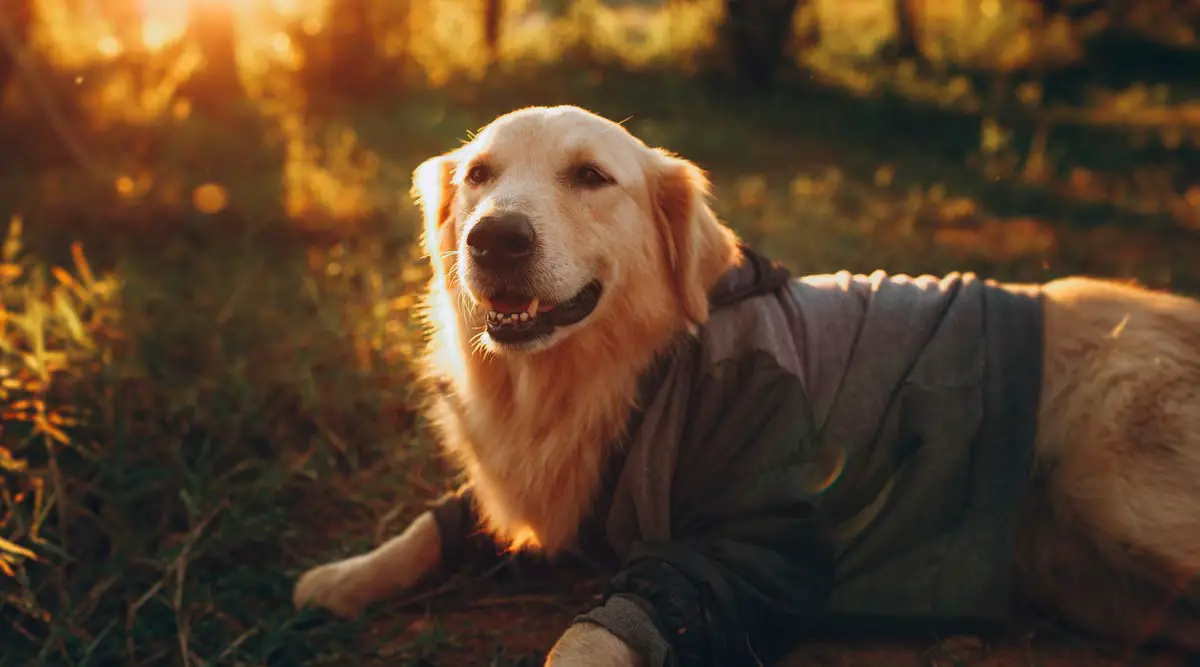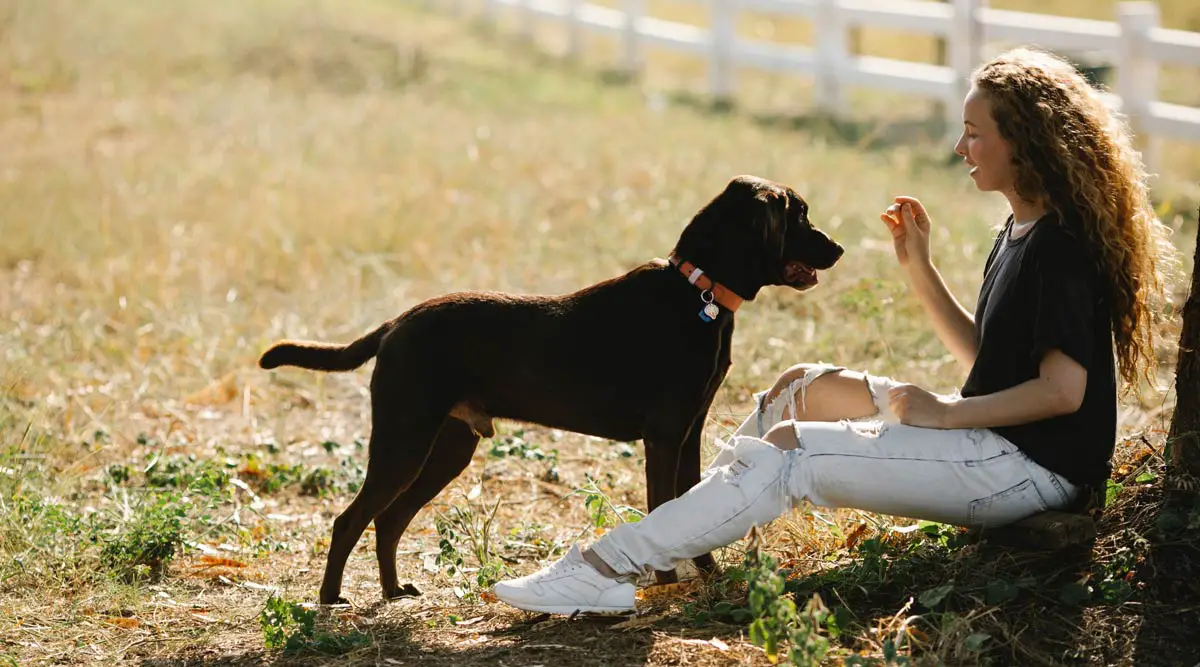When it comes to choosing a loyal and friendly pet, Labrador Retrievers are an excellent choice.
This breed is a favorite among many dog owners, thanks to their playful nature and obedient temperament.
If you are considering bringing a Retriever Labrador into your home, it is essential to understand its main characteristics and care requirements.
1. Retriever Labrador Dog Breed Overview
The Labrador Retriever (Labrador or Lab), is a British breed of retriever gun dog. It was developed in the United Kingdom from fishing dogs imported from the colony of Newfoundland (now a province of Canada) and was named after the Labrador region of that colony. It is among the most commonly kept dogs in several countries, particularly in the Western world.
The Labrador is friendly, energetic, and playful and was bred as a sporting and hunting dog but is widely kept as a companion dog. It may also be trained as a guide or assistance dog, or for rescue or therapy work.
References: Labrador Retriever – Wikipedia
| Items | Detail |
|---|---|
| Origin: | Newfoundland/United Kingdom |
| Size: | Weighs: 55 to 80 pounds Height: 21.5 to 24.5 inches |
| Coat: | Short & thick with a variety of colors, including black, yellow, or chocolate colors. |
| Life span: | 10 to 12 years |
| Main characteristics: | – Loyalty, and friendly, making them an ideal family pet. – Intelligent, active, and easy to train. |
| Suitable for: | Families or individuals who enjoy outdoor activities such as hiking, swimming, and playing fetch. |

2. Care Guide
To keep your Retriever Labrador healthy and happy, there are several care tips to keep in mind:
Health
Cane Corso dogs are generally healthy, but they can be prone to certain health conditions such as:
- Hip and elbow dysplasia: Hip dysplasia occurs when the hip joint doesn’t form properly, which can lead to arthritis and lameness in severe cases. Elbow dysplasia, on the other hand, occurs when the elbow joint doesn’t develop properly, leading to pain, stiffness, and eventually arthritis.
Both hip and elbow dysplasia are genetic conditions that can be passed down from parent dogs to their offspring. Therefore, it’s important to choose a reputable breeder who screens their breeding dogs for these conditions. - Obesity: these dogs have a voracious appetite and are prone to overeating, which can lead to excessive weight gain.
Obesity puts a strain on the dog’s joints, leading to an increased risk of hip and elbow dysplasia, as well as other health problems such as diabetes, heart disease, and respiratory problems. Additionally, obesity can shorten the dog’s life span and affect its quality of life.
To prevent obesity in Retriever Labradors, it’s important to provide a balanced and nutritious diet, appropriate portion sizes, and regular exercise.
Regular visits to the vet and monitoring their weight with proper nutrition can help prevent these health issues.
Nutrition & Diet
They require a balanced diet that is rich in protein and healthy fats.
Owners should avoid feeding them table scraps and stick to high-quality dog food; monitor their weight and adjust their diet accordingly.
Grooming
These dogs have a short and dense coat that is easy to groom.
Brushing them once a week to remove loose fur and dirt is recommended.
They should also have their nails trimmed regularly and their teeth brushed to maintain good oral health.
Training
Retriever Labradors are intelligent and trainable dogs that respond well to positive reinforcement training techniques.
They enjoy being around people and other dogs. Early socialization training by introducing your dog to different people, animals, and environments in a positive and controlled manner.
Exercises
Labrador Retrievers are a high-energy breed that requires plenty of exercises (playing fetch, going for walks, and swimming).
They require a minimum of one hour of exercise daily to keep them happy and healthy.

3. Adopt or Buy a Retriever Labrador
If you are interested in adopting or buying a Retriever Labrador, it is important to research to ensure that this breed is suitable for you.
| Pros | Cons |
|---|---|
| – Friendly and affectionate temperament – Easy to train – Suitable for children and other pets – Great companion for outdoor activities – Low-maintenance grooming | – Require plenty of exercises – May suffer from separation anxiety if left alone for long periods of time |
When looking to adopt or buy a Retriever Labrador, it is important to choose a reputable breeder or rescue organization.
A good breeder should perform health screenings on their breeding dogs and provide a health guarantee.
Rescuing a Retriever Labrador is also a great option, as many are in need of loving homes.
4. Overview
Retriever Labrador dogs are an excellent choice for anyone looking for a loyal, friendly, and playful pet.
They require regular exercise, a balanced diet, and regular grooming to keep them happy and healthy.










